Oral problems and Biopsychosocial factors associated with Human Immunodeficiency Virus infection
llistat de metadades
Director
Álvarez, Mario Moisés
Codirector
Violant Holz, Deborah
Rivas Estilla, Ana María
Date of defense
2017-07-14
Pages
256 p.
Department/Institute
Universitat Internacional de Catalunya. Departament d'Odontologia
Abstract
Antiretroviral therapy has transformed the disease caused by the human immunodeficiency virus (HIV) into a chronic condition. Molecular epidemiology and biopsychosocial unique approach systems are required to advance towards a better assessment and understanding of the complex interactions between HIV and its human host. Therefore, it was proposed to establish the biopsychosocial risk factors of oral pathologies in HIV, determining the relationship between oral‐systemic health status and antiretroviral treatment. Material and Methods Participants were recruited from HIV/AIDS healthcare providers, non‐governmental and community‐based organizations in Monterrey, México and adopted a non‐probability and snowball sampling. The research involved 202 consenting adult men who have sex with men (MSM [epidemiology], defined by the World Health Organization as one of the Key populations at higher risk of acquiring HIV). Step 1 (Psychosocial research). MSM filled out structured, analytical, self‐administered, anonymous questionnaires. Besides the sociodemographic variables, the perception regarding public and private dental services and related professionals there was also evaluated the perceived stigma associated with HIV/AIDS and sexual orientation. Likewise, their perception towards rapid HIV‐1/2 testing in the dental practice. All the biopsychosocial aspects were explored by designing psychometric Likert‐type scales. Step 2 (Biological research). Gingival crevicular fluid (GCF) and serum samples from 78 HIV‐positive adult male subjects (cases) and 39 HIV‐negative male subjects (controls) were examined for 17 cytokines using multiplex ELISA. Results Psychosocial analyses revealed that most subjects reported omitting their HIV serodiagnosis and agreed that dentists must be trained and qualified to treat patients with HIV/AIDS. The factorial analysis revealed two elements in HIV/AIDS perception: experiences of stigma and discrimination in dental appointments and feelings of concern regarding the attitudes of professionals or their teams concerning patients’ HIV serodiagnosis. Most respondents expressed their willingness to take a rapid HIV‐1/2 screening test during their dental visit. Nevertheless, most of them considered important that dental professionals must be well trained before applying any rapid HIV‐1/2 tests. Factor analysis revealed two factors towards sexual orientation: experiences of sexual orientation stigma and discrimination in dental settings, and feelings of concern about the attitude of dentists and dental staff towards sexual orientation Biomolecular analyses results of GCF concentrations of IL‐6, IL‐7, IL‐10, IL‐12, G‐CSF, and MCP‐1, as well as serum concentrations of IL‐1β, IL‐2, and IL‐6, showed a statistically significant difference among subgroups. We found a significant effect size correlation on cytokines expression levels. Subjects who were not in antiretroviral therapy (ART) showed significantly higher levels of some of the analyzed cytokines compared to the rest. We found that GCF IL‐8 was a significant predictor of the Non‐ART HIV status (p <0.05). We observed the same result for GCF G‐CSF in the ART Short‐term group and serum GM‐CSF in the ART Long‐ term subgroup. Conclusion The dental practice may represent a potential location for rapid HIV‐1/2 testing contributing in early HIV infection diagnosis. We also observed a low percentage of stigma and discrimination in dental appointments; however, most MSM with or without HIV/AIDS do not reveal their sexual orientation or HIV serodiagnosis to the dentists out of fear of being rejected. Such fact implies a workplace hazard to dental professionals, but especially to the very own health of HIV/AIDS patients, as dentists will not be able to provide them a proper clinical and pharmaceutical treatment. Molecular results indicated a high variability of GCF and serum cytokines concentrations and low frequency of their detection in different HIV/ART stages. However, within the limits of the present study, some GCF and serum cytokine concentrations correlated positively. Oral and periodontal innate immunity is affected by HIV viremia and ART. GCF IL‐8, G‐CSF, as well as serum IL‐8, MCP‐1, and GM‐CSF may be useful biomarkers for the detection of disease presence and its severity due to HIV infection and ART use. In following years, oral treatment based upon a professional practice focused on specific biological, psychological, social, and environmental (genetic and non‐genetic) criteria will contribute to a more ‘precise medicine and dentistry’ accentuating professional practice upon individualized periodontal prevention, diagnosis, and treatment strategies.
Keywords
HIV; AIDS ; Biomarkers; Cytokine; Gingival Crevicular Fluid; Periodontal Diseases; Antiretroviral Therapy; Public Health Dentistry; Social Discrimination; Psychometrics; México
Subjects
616.3 - Pathology of the digestive system. Complaints of the alimentary canal



